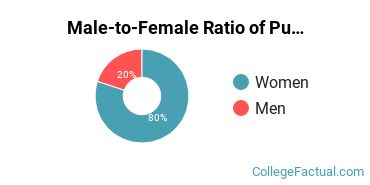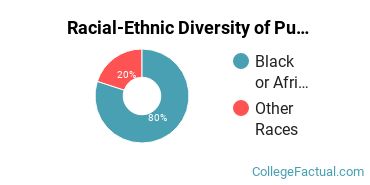 by our College Data Analytics Team
by our College Data Analytics TeamPublic Administration & Social Service is a program of study at Strayer University - Tennessee. The school offers a master’s degree in the area. We’ve gathered data and other essential information about the master’s degree program in public administration and social service, such as diversity of students, how many students graduated in recent times, and more.
You can jump to any section of this page using the links below:
During the 2019-2020 academic year, part-time graduate students at Strayer University - Tennessee paid an average of $0 per credit hour. No discount was available for in-state students. The average full-time tuition and fees for graduate students are shown in the table below.
| In State | Out of State | |
|---|---|---|
| Tuition | $14,940 | $14,940 |
| Fees | $195 | $195 |
Looking for online learning options? Good news, you can take online classes in the public administration and social service master’s degree program at Strayer University - Tennessee. To see if the school offers distance learning options in other areas, visit the Strayer University - Tennessee Online Learning page.
About 83.3% of the students who received their Master’s in public administration and social service in 2019-2020 were women. This is higher than the nationwide number of 78.4%.

Of those students who received a master’s degree in public administration and social service at Strayer University - Tennessee in 2019-2020, all were racial-ethnic minorities*.

| Race/Ethnicity | Number of Students |
|---|---|
| Asian | 0 |
| Black or African American | 4 |
| Hispanic or Latino | 0 |
| Native American or Alaska Native | 0 |
| Native Hawaiian or Pacific Islander | 0 |
| White | 0 |
| International Students | 0 |
| Other Races/Ethnicities | 2 |
Public Administration & Social Service students may decide to major in one of the following focus areas.
| Focus Area | Annual Graduates |
|---|---|
| Public Administration | 6 |
*The racial-ethnic minorities count is calculated by taking the total number of students and subtracting white students, international students, and students whose race/ethnicity was unknown. This number is then divided by the total number of students at the school to obtain the racial-ethnic minorities percentage.
More about our data sources and methodologies.